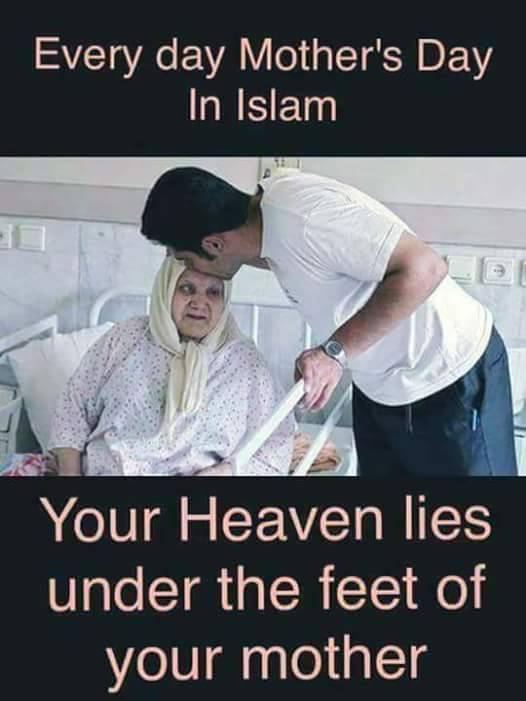The narration indicates the great creation of mankind which has been emphasised in many surahs in the Qur’an. Ibn Rajab says when the Prophet Muhammad, sallallahu ‘alayhi wasallam, mentions these small bones or joints, he is drawing attention to their structure and creation which are great bounties of Allah subhana wa ta’ala. The Prophet Muhammad, sallallahu ‘alayhi wasallam, calls upon us to be grateful and thankful to Allah by engaging acts of charity for each one of these bones.
Al-Ustaz Jamaludin Zarabozo emphasizes the significance of the word ‘salameh’, the small bone, when he refers to the small bones in the hands and feet and how they are put together. Once again, we note how scholars may be influenced by each other. It is not strange to notice that Ustaz Jamaludin is affected by Ibn Rajab since he translated most of his work. He asks the Muslims to notice how these bones are elegantly put together. It is their interaction that allows the dexterity and velocity that the creatures possess in their hands. It also gives proper equilibrium to the feet.
Al-Shaikh Al-Bitar, one of the commentators on An-Nawawi’s Forty Hadith, declares that these bones are some of the keys to the progress and civilization of man. These bones help human beings to move, grasp, construct and build things. Most of what people perform and what has been manufactured is due to these tiny and minute bones that have been created by Allah in this impressive and marvelous way. Therefore, he continues to say, these are great blessings for which a Muslim must be grateful and thankful to Allah. We can be thankful by carrying out the above mentioned charitable acts: to do good deeds, to help others, and to benefit the community.
Ibn Rajab mentions that engaging in these charitable acts mentioned in the hadith is an obligation upon each Muslim. Moreover, he classifies thankfulness to Allah into two groups:


